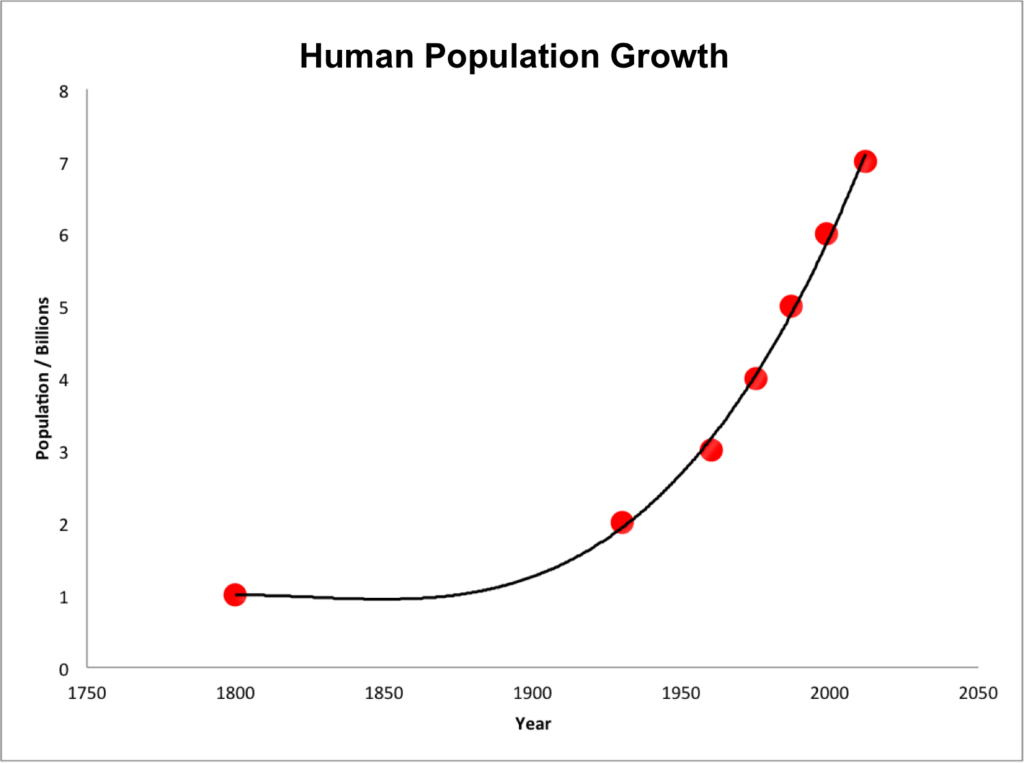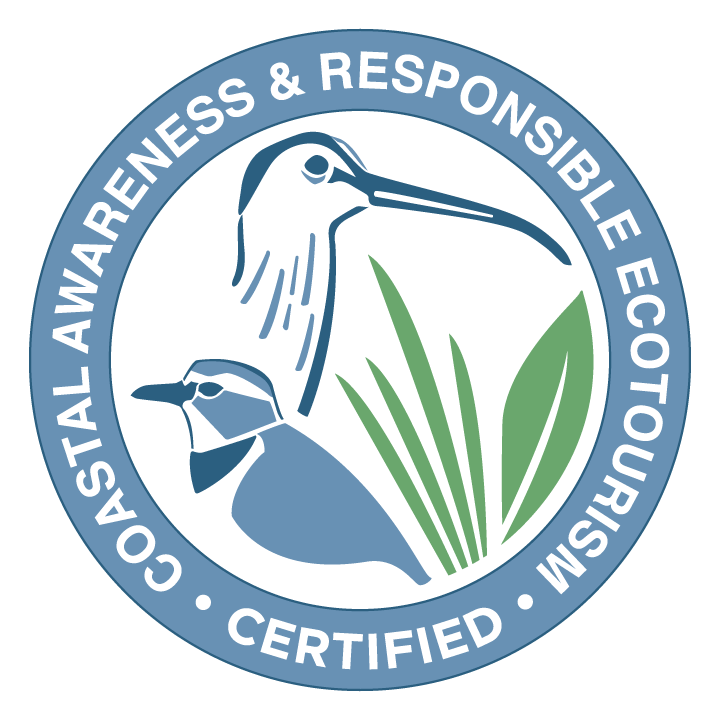Lesson 4: Shellfish Aquaculture
| Overview | Students will explore problems associated with current food systems, as well as the history of food production in relation to human population growth. Students will explore shellfish aquaculture and decide if they find it to be a sustainable food source. |
| Standards | SEV5. Obtain, evaluate, and communicate information about the effects of human population growth on global ecosystems.a. Construct explanations about the relationship between the quality of life and human impact on the environment in terms of population growth, education, and gross national product.c. Construct an argument from evidence regarding the ecological effects of human innovations (Agricultural, Industrial, Medical, and Technological Revolutions) on global ecosystems. |
Engage
Get students engaged by talking about everyone’s favorite topic- Food! Ask students to think of a favorite food, or ask what they ate for breakfast, lunch or dinner the night before. Get everyone interested and engaged, and then ask them if they know where the food they ate for breakfast, lunch, dinner (doesn’t matter) came from? Students can discuss at table groups, or you can have a whole group conversation. This is a good opportunity to get students thinking about our current food systems.
Explore
Ask students if anyone likes to eat seafood, and if so, do they know where they seafood comes from, or how is was harvested?
Play the game Tuna Tag, making sure to record the data from each round. You will discuss the results and the Tragedy of the Commons in the explain portion of the lesson. If you do not want to go outside to play Tuna Tag, there is also a game called Oyster Roast from the GaDOE that is another option.
Explain
Show students the video below.
Look back at the data from Tuna Tag or Oyster Roast and ask students how this relates to the tragedy of the commons? You may choose to follow along with the discussion questions in the Tuna Tag game.
Explain to students that the oyster population has declined drastically over the last century due to overharvesting and disease. Ask students why they think oysters may have become overharvested. This is a great opportunity to discuss human population growth.

Tell students that scientists and engineers are working to solve many of the problems created by an overuse of a natural resources, including oysters. Have students use the PDF below to answer the questions on the student activity sheet for this lesson. They will be investigating shellfish aquaculture as a solution to the problem of oyster population decline.
Student Activity Sheet- Lesson 4- Explain
Elaborate
The following two articles explain the applied research happening in five different states related to the oyster aquaculture industry. Partner students and assign them to one of the research projects. Have them draw a visual representation of this research project to show the scientists in action working on this research. After students have had time to work, have them walk around the room to see if they can find others who had the same research project based on their visualizations. Once they have a partner group, they should use their drawings and a discussion to complete this graphic organizer. It might be nice to try and have them fill out the organizer WITHOUT the use of the article to prompt discussion, and then after a designated amount of time, allow them to fill in the blanks using the article.
Next, have them find a group that has a different project. They can then take turns explaining the research projects to each other using the visual representations and the graphic organizers.
Finally, have a group discussion to review the different research projects and ask kids to brainstorm any additional research questions they think would be important to oyster aquaculture.
Based on student interest, these questions could make for great continued exploration and research in your classroom, or could be the beginning of a great science fair project.
Bivalve Bites: Oyster Aquaculture Research Roundup Part 1
Bivalve Bites: Oyster Aquaculture Research Roundup Part 2
Evaluate
See the culminating project page for detailed instructions on the final project.
References
- Georgia Department of Education
- National Science Foundation
- TEDed. (2017). The Tragedy of the Commons. YouTube. Retrieved January 17, 2024, from https://youtu.be/CxC161GvMPc.
- Kornegay, J. (2022, December 21). Bivalve bites: Oyster aquaculture research roundup: Part II. Oyster South. https://www.oystersouth.com/stories/2022/12/20/bivalve-bites-oyster-aquaculture-research-round-up-part-ii
- Kornegay, J. (2022a, December 20). Bivalve bites: Oyster aquaculture research roundup. Oyster South. https://www.oystersouth.com/stories/2022/11/21/bivalve-bites-oyster-aquaculture-research-round-up
